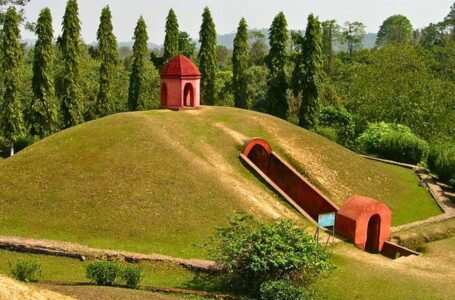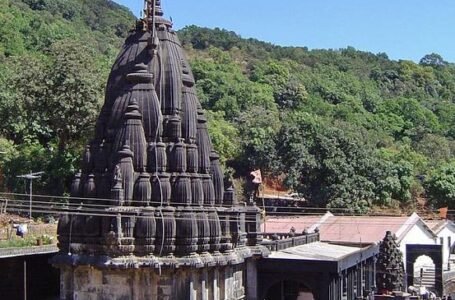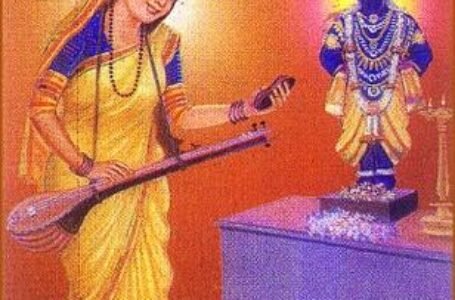Awakening Devotion: The Life and Works of Tulsidas
- Ancient history Asian history Lifestyle Medieval history
 Samyuktha Vijay
Samyuktha Vijay- February 21, 2024
- 0
- 308

Tulsidas, born Rambola Dubey on August 11, 1511, in Soron, Delhi Sultanate (present-day Uttar Pradesh, India), was a revered Vaishnava Hindu saint and poet. Renowned for his unwavering devotion to the deity Rama, he left an indelible mark on Indian literature, spirituality, and culture. Tulsidas is best known for his magnum opus, the epic “Ramcharitmanas,” a retelling of the Sanskrit Ramayana in the vernacular Awadhi language.
Throughout his life, Tulsidas composed numerous works in Sanskrit, Awadhi, and Braj Bhasha, demonstrating his profound literary talent and spiritual insight. His creations include not only the iconic Ramcharitmanas but also the widely recited Hanuman Chalisa, a hymn praising Lord Hanuman, and other notable works such as Vinaya Patrika, Geetawali, and Dohavali.

Tulsidas’ spiritual journey was deeply rooted in the teachings of the Ramanandi Sampradaya, under the guidance of his guru, Narharidas. His philosophy, Vishishtadvaita, emphasised the oneness of all beings with the divine, a principle evident in his compositions which exude profound love and devotion towards Rama and his consort, Sita.
Although Tulsidas spent much of his life in Banaras (modern Varanasi) and Ayodhya, his influence transcended geographical boundaries. He established the Sankat Mochan Hanuman Temple in Varanasi, believed to commemorate the site of his divine encounter with Hanuman. Additionally, he pioneered the tradition of Ramlila plays, which continue to be an integral part of Indian cultural festivities, particularly during the festival of Diwali.
Tulsidas’ literary prowess and spiritual depth have earned him acclaim as one of the greatest poets not only in Hindi literature but also in Indian and world literature. His enduring legacy extends beyond the realm of literature, permeating various aspects of Indian society, including art, music, and religious practices. The Tulsi Ghat on the banks of the Ganges in Varanasi stands as a testament to his revered status, immortalising his contribution to Indian culture and spirituality.

A Glimpse into Tulsidas’ life through his works
Tulsidas’ life is shrouded in mystery, with only a few facts and hints provided by himself in his works. Until the late nineteenth century, the primary sources on Tulsidas’ life were the Bhaktamal by Nabhadas and its commentary, Bhaktirasbodhini by Priyadas. Nabhadas, a contemporary of Tulsidas, hailed him as an incarnation of Valmiki. Priyadas, writing around a hundred years after Tulsidas’ death, added further details, including seven miracles or spiritual experiences from Tulsidas’ life.
In the 1920s, two more ancient biographies emerged: the Mula Gosain Charit by Veni Madhav Das and the Gosain Charit by Dasanidas (Bhavanidas). Veni Madhav Das, a disciple of Tulsidas, provided a revised birth date for Tulsidas. Dasanidas’ work offered more detailed narratives compared to Priyadas’. Additionally, in the 1950s, Krishnadatta Misra’s Gautam Chandrika was published, based on an old manuscript. Krishnadatta Misra’s father had been a close companion of Tulsidas.
While some modern scholars question the authenticity of these accounts published later, others are hesitant to dismiss them entirely. Despite the varying perspectives, these five works collectively form the foundation of traditional biographies upon which modern biographies of Tulsidas are built. They provide invaluable insights into the life and spiritual experiences of this revered saint and poet, shaping our understanding of his legacy and influence on Indian literature and spirituality.
Tulsidas is widely believed to be a reincarnation of the sage Valmiki, a significant figure in Hindu mythology. According to Nabhadas’ Bhaktamal, Tulsidas was Valmiki reborn in the Kali Yuga, an age of spiritual decline. This belief is particularly prominent within the Ramanandi sect, which holds that Valmiki himself incarnated as Tulsidas during this era.
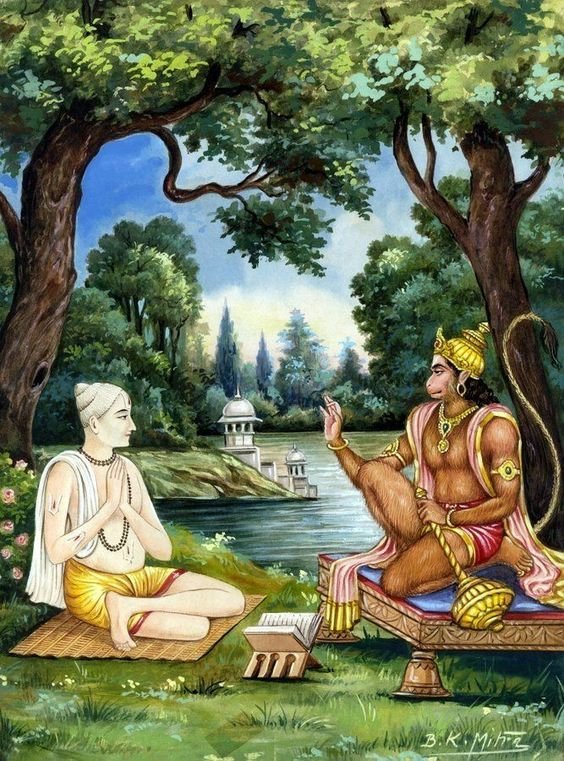
Legend has it that Hanuman, the devoted disciple of Lord Rama, approached Valmiki numerous times to hear him recite the Ramayana, but Valmiki initially declined, considering Hanuman’s monkey form unworthy. After Rama’s victory over Ravana, Hanuman retreated to the Himalayas to continue his devotion. There, he inscribed a play version of the Ramayana called Mahanataka or Hanuman Nataka onto the rocks using his nails. When Valmiki saw this masterpiece, he feared it would overshadow his own Ramayana. Moved by Hanuman’s humility, Valmiki instructed him to take birth as Tulsidas and compose the Ramayana in the vernacular, ensuring its accessibility to all. Thus, Tulsidas’ life and works are imbued with the spiritual lineage and divine purpose associated with the sage Valmiki.
Tulsidas’ journey of faith and his spiritual contributions
Tulsidas’ poetic journey began in the sacred city of Varanasi, where he embarked on composing verses in Sanskrit at the Prahlada Ghat. However, his efforts seemed futile as each night, for eight consecutive days, the verses he penned mysteriously vanished. It was on the eighth night that Tulsidas experienced a divine intervention in the form of a dream. Shiva, the revered deity of the Kashi Vishwanath Temple in Varanasi, appeared before him, accompanied by Parvati. In this ethereal encounter, Shiva instructed Tulsidas to abandon Sanskrit and instead compose poetry in the vernacular language. This divine mandate was not merely a suggestion but a prophecy, as Shiva foresaw Tulsidas’ compositions flourishing akin to the revered Sama Veda.
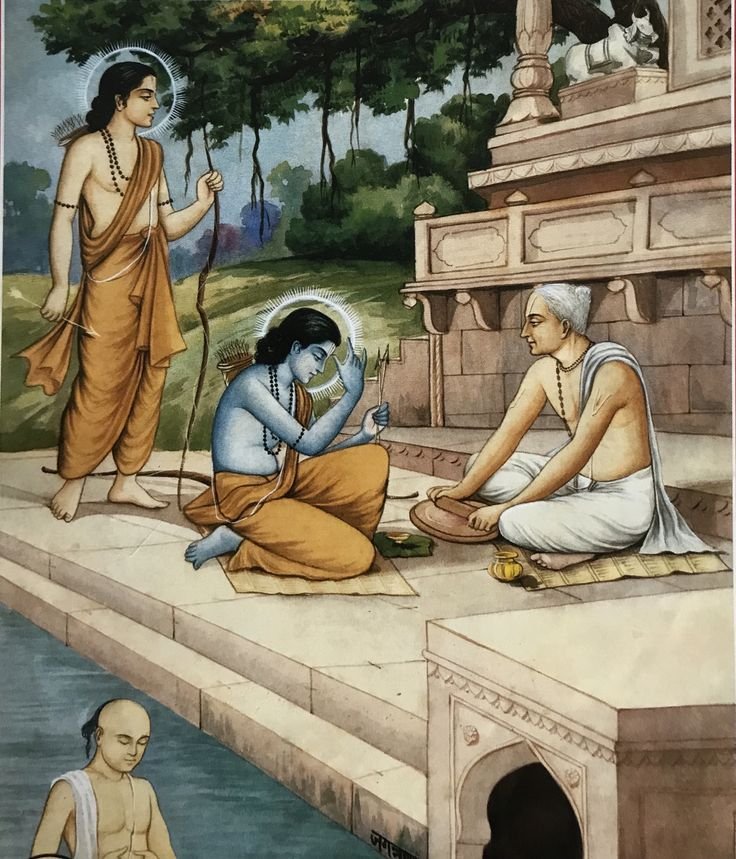
Following Shiva’s divine directive, Tulsidas embarked on a transformative journey, relocating to Ayodhya to commence his literary masterpiece, the Ramcharitmanas. It was on the auspicious occasion of Ramnavami, in the year 1631 Vikram Samvat (equivalent to 1575 CE), that Tulsidas initiated the composition of this epic narrative. Over a span of two years, seven months, and twenty-six days, Tulsidas poured his heart and soul into crafting the Ramcharitmanas, infusing it with profound devotion and spiritual insight. By the year 1633 Vikram Samvat (1577 CE), on the sacred day of Vivaha Panchami, Tulsidas completed this monumental work, marking a significant milestone in the annals of Hindu literature.
Ramcharitmanas, an epic poem in the Awadhi language, is the magnum opus of the 16th-century Indian bhakti poet Tulsidas (c. 1511–1623). Also known as Tulsi Ramayana, Tulsikrit Ramayana, or simply Manas, it derives its name from the combination of “Ram,” the protagonist, and “charit,” meaning deeds or story. Literally translating to “Lake of the deeds of Rama,” it holds a revered position as one of the greatest works in Hindu literature.
Tulsidas chose to compose Ramcharitmanas in Awadhi to ensure accessibility to a wider audience. In doing so, he encountered criticism from Sanskrit scholars in Varanasi, yet remained resolute in his mission to make the story of Rama comprehensible to both scholars and laypeople alike. His perseverance paid off as his work gained widespread acceptance, bridging the gap between the learned and the common folk.
Ramcharitmanas not only made the story of Rama accessible but also catalyzed cultural traditions, notably the enactment of Ramlila, a dramatic portrayal of the text. It is considered a cornerstone of the Saguna school of the Bhakti movement in Hindi literature.
Comprising seven Khands (books or episodes), Ramcharitmanas guides readers through the life of Rama, presenting profound philosophical teachings and moral lessons along the way. Each Kand begins with an invocation, honoring various deities and setting the tone for the ensuing narrative. Goswami Tulsidas concludes each section with a solemn proclamation, signifying the purifying essence of Rama’s exploits.
Through its lyrical verses and timeless wisdom, Ramcharitmanas continues to captivate hearts and minds, serving as a beacon of spiritual enlightenment and moral guidance for generations to come.

In Praise of Lord Shiva and Hanuman
Upon completing the Ramcharitmanas, Tulsidas returned to Varanasi, where he presented his magnum opus to Shiva and Parvati at the revered Kashi Vishwanath Temple. This act of devotion and humility underscored Tulsidas’ reverence for the divine and his unwavering commitment to his craft. However, the journey of the Ramcharitmanas did not end there, as it faced scrutiny from sceptics who sought to test its authenticity.
Legend has it that a group of Brahmins in Varanasi, sceptical of Tulsidas’ composition in the vernacular language, devised a plan to assess the worth of the Ramcharitmanas. They placed a manuscript of Tulsidas’ work beneath a stack of Sanskrit scriptures within the sanctum sanctorum of the Vishwanath Temple overnight. To their astonishment, when the doors were opened the next morning, the Ramcharitmanas was found atop the pile, adorned with the words Satyam Shivam Sundaram, signifying Shiva’s approval. This miraculous validation silenced the sceptics and solidified Tulsidas’ legacy as a poet of divine inspiration.
Despite this divine validation, Tulsidas’ journey was not without trials and tribulations. In the face of bodily afflictions around 1664 Vikram Samvat (1607 CE), Tulsidas found solace in composing the Hanuman Bahuk, a hymn dedicated to Lord Hanuman. This act of devotion not only alleviated his physical suffering but also served as a testament to his unwavering faith in the divine.
The Hanuman Chalisa, composed by Tulsidas in Awadhi, is a revered Hindu devotional hymn consisting of 40 verses. It extols the virtues and qualities of Hanuman, a devoted disciple of Lord Rama and a central figure in the epic Ramayana. According to tradition, Hanuman is not only a devoted servant of Rama but also an incarnation of Lord Shiva. The hymn praises Hanuman’s strength, courage, wisdom, celibacy, and unwavering devotion to Rama, encapsulating his divine attributes and significance in Hindu mythology. Reciting or chanting the Hanuman Chalisa is a widespread religious practice among millions of Hindus, who regard it as a powerful means of invoking Hanuman’s blessings and seeking his protection and guidance in times of need.
Tulsidas’ final composition, the Vinaypatrika, was penned during a time of spiritual turmoil, as the onset of Kali Yuga threatened to obscure the path of righteousness. In this poignant work of 279 stanzas, Tulsidas implored Lord Rama for devotion and guidance, seeking solace amidst the chaos of the age. The final stanza of the Vinaypatrika attests to Tulsidas’ deep connection with the divine, as he claims that Rama himself signed the manuscript, validating his supplication.
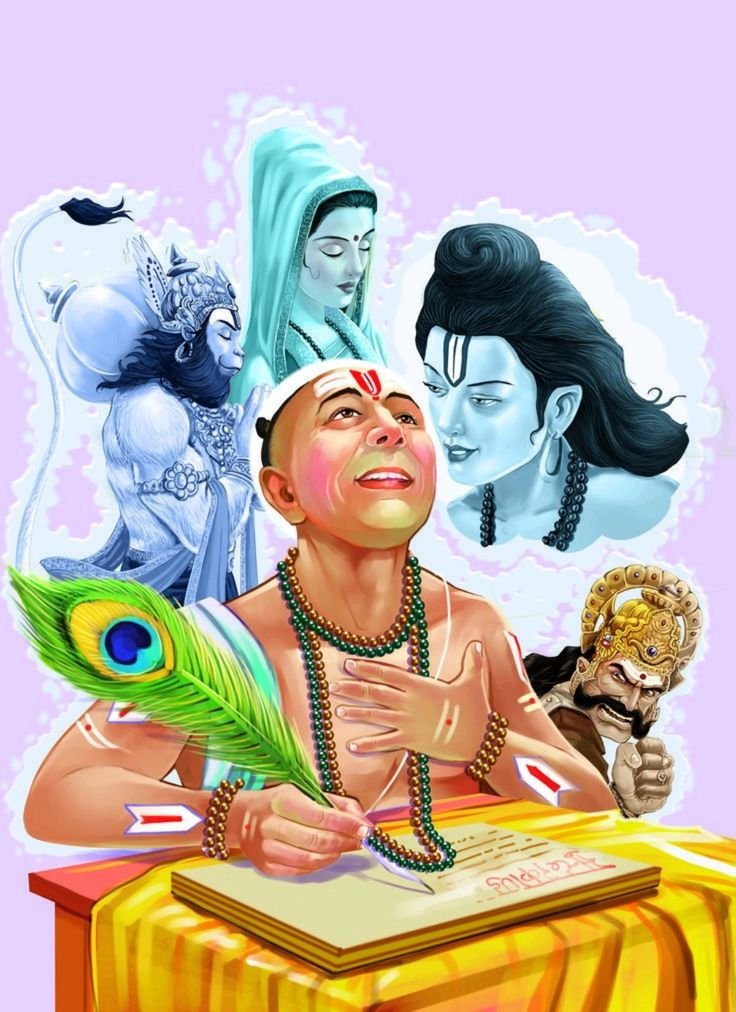
Conclusion
Tulsidas, the 16th-century Indian poet and saint, left an indelible mark on Hindu literature and spirituality. Renowned for his profound devotion to Lord Rama, he composed two monumental works, the Ramcharitmanas and the Hanuman Chalisa, in the vernacular language of Awadhi, making the stories and teachings of Rama accessible to the masses. Despite facing criticism from Sanskrit scholars, Tulsidas remained steadfast in his mission to simplify and disseminate the sacred scriptures, bridging the gap between the learned and the common folk. His literary genius and spiritual insight continue to inspire millions, transcending generations and geographical boundaries. Through his timeless compositions, Tulsidas continues to kindle the flame of devotion and enlightenment in the hearts of devotees, leaving behind a legacy of love, faith, and divine grace. Throughout his life, Tulsidas exemplified unwavering devotion and humility, his poetry serving as a beacon of spiritual enlightenment for generations to come. Tulsidas’ legacy as a poet, philosopher, and devotee of Rama endures, serving as a guiding light for seekers of truth and spiritual seekers worldwide.
